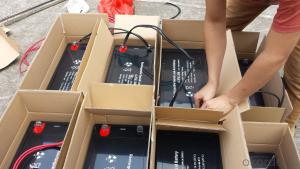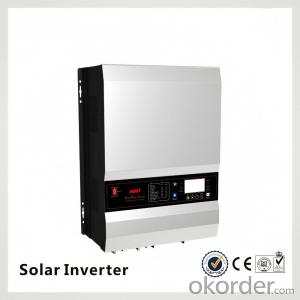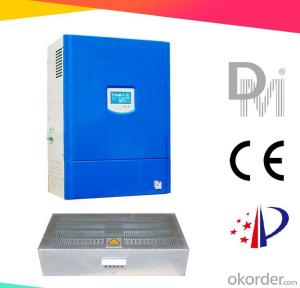Hybrid Inverter Solar
Hybrid Inverter Solar Related Searches
Canopy For Solar Inverter Awning For Solar Inverter Solar Inverter For Rv Inverter For Solar Quality Solar Inverter Best Solar Inverter In Kerala Top Solar Inverter In Pakistan Plug In Solar Inverter Solar Inverter In Pakistan Spd In Solar InverterHot Searches
Type Of Inverter For Solar Types Of Inverter For Solar Used Solar Inverter For Sale Inverter Size For Solar System Solar Edge Inverter For Sale 5kw Solar Inverter For Sale Solar Inverter For Sale Solar Inverter For Battery Solar Inverter For Split Ac Solar Inverter For Laptop Solar Inverter For Fridge Solar With Inverter Price Solar Inverter With 2 Battery Solar Inverter With Ac Outlet Solar Inverter Price In China Best Solar Inverter In China Solar Inverter Price In Dubai Solar Inverter Price In Uae Solar Inverter Price In Kenya Solar Inverter For FridgeHybrid Inverter Solar Supplier & Manufacturer from China
Okorder.com is a professional Hybrid Inverter Solar supplier & manufacturer, offers integrated one-stop services including real-time quoting and online cargo tracking. We are funded by CNBM Group, a Fortune 500 enterprise and the largest Hybrid Inverter Solar firm in China.Hot Products
FAQ
- Yes, a solar inverter can be used in conjunction with a smart home system. In fact, many modern solar inverters are designed to integrate seamlessly with smart home technologies. This allows homeowners to monitor and control their solar energy production, consumption, and other connected devices through a centralized smart home system or smartphone app.
- A solar inverter handles varying solar irradiance levels by continuously monitoring the incoming solar power and adjusting its output accordingly. It employs a maximum power point tracking (MPPT) algorithm that optimizes the energy conversion from the solar panels to the desired AC power output. When solar irradiance levels fluctuate, the inverter dynamically adapts to ensure the maximum power is extracted from the solar panels. This allows for efficient energy conversion and maximum utilization of the available solar power.
- The role of a solar inverter in a solar power system is to convert the direct current (DC) electricity produced by the solar panels into alternating current (AC) electricity that can be used to power household appliances and be fed back into the electrical grid. The inverter also ensures that the power generated by the solar panels is at the correct voltage and frequency for safe and efficient use.
- Yes, a solar inverter can be used in conjunction with a wind turbine. Both solar panels and wind turbines generate DC (direct current) power, which needs to be converted to AC (alternating current) power for use in homes and businesses. Solar inverters are designed to convert DC power from solar panels to AC power, but they can also be used to convert DC power generated by wind turbines. By connecting a wind turbine to a solar inverter, the DC power generated by the wind turbine can be converted to AC power and used to power electrical devices or be fed into the grid. This allows for the integration of multiple renewable energy sources, such as solar and wind, in a single system, providing a more reliable and efficient energy generation solution.
- The maximum short-circuit current that a solar inverter can handle depends on its design and specifications. However, in general, a solar inverter is designed to handle short-circuit currents ranging from 1.5 to 2 times the rated maximum output current of the inverter.
- The common troubleshooting steps for a malfunctioning solar inverter typically include checking the connections and cables for any loose or damaged parts, inspecting the inverter display for error messages or warning lights, resetting the inverter by turning it off and on, and ensuring that the solar panels are receiving sufficient sunlight. If these steps do not resolve the issue, it may be necessary to consult a professional technician or the manufacturer for further assistance.
- A solar inverter handles frequency variations in the grid by continuously monitoring the frequency and adjusting its own output accordingly. If the grid frequency increases, the inverter reduces its output to prevent overloading. Conversely, if the frequency decreases, the inverter increases its output to maintain a stable supply. This dynamic response ensures that the solar inverter efficiently synchronizes with the grid and contributes to grid stability.













































